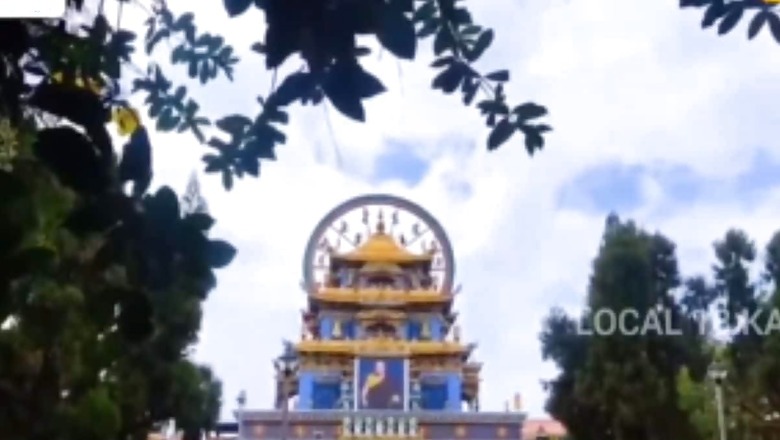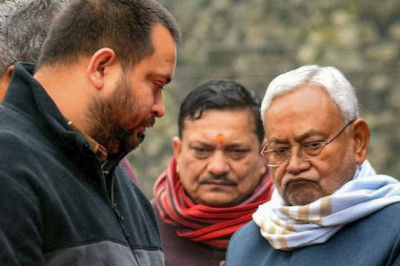
views
Namdroling Monastery, popularly called the Golden Temple, is one of the largest Tibetan settlements in India. Located at Bylakuppe, about 5 km from Kushalanagara in Karnataka’s Kodagu district, the Golden Temple is home to about 16000 refugees and 600 monks.
The main entrance of Namdroling Monastery is an attractive four-storey tower with a wheel depicting symbols of Buddhism. The main attractions inside the temple are the statues of Buddha in the centre and the statues of Amitayus and Padmasambhava on either side. Visitors can pray, meditate, make their offerings and spin the Mani prayer drums here. Spinning these prayer drums is said to have the same effect as the Buddhist prayer “Om Mani Padme Hum”.
Visiting Time of Golden Temple
The temple is open for visitors from 9 am to 6 pm.
How to reach Golden Temple?
The temple is 220 km from Bengaluru and 172 km from Mangaluru. Mysuru is the nearest airport, 101 km away. Hasana Junction, 80 km away, is the nearest railway station. Kushala Nagara has good bus services from Bengaluru and Mysuru. From Kushala Nagara, one can hire a car or taxi to visit the temple.
Where to stay near Golden Temple?
There are several guest houses and resorts in Kushalnagara. Other accommodation options are available in Madikeri town, 35 km from the temple, including KSTDC’s Mayura Valley View Hotel.
History of Golden Temple
The monastery was founded in 1963 by the 11th heir to the Palyul lineage, Drubwang Padma Norbu Rinpoche, after he departed from Tibet in 1959 as the second seat of Palyul Monastery, one of the six major Nyingmapa mother monasteries of Tibet before the annexation.
The monastery’s full name is Thegchog Namdrol Shedrub Dargyeling, or “Namdrolling or Namdroling” for short. The original structure was a temple made of bamboo, covering an area of about 7.4 m2 (80 square feet). It is cut into the jungle granted to Tibetan exiles by the Indian government. Initial challenges included rampaging elephants and other tropical dangers.




















Comments
0 comment